Take a prolonged cultural moment of extreme stress and anxiety, and combine it with a summer heatwave that is breaking all records and busting all norms across the country. What do you have? A can’t-miss recipe for skin problems, among other things. But even if you’re fortunate enough to have the kind of skin that remains dewily impervious to harsh climatic conditions, stress-related hormonal fluctuations, and a diet that largely consists of takeout, your enviable complexion is still likely to be taken down by — what else? — the ubiquitous safety mask.
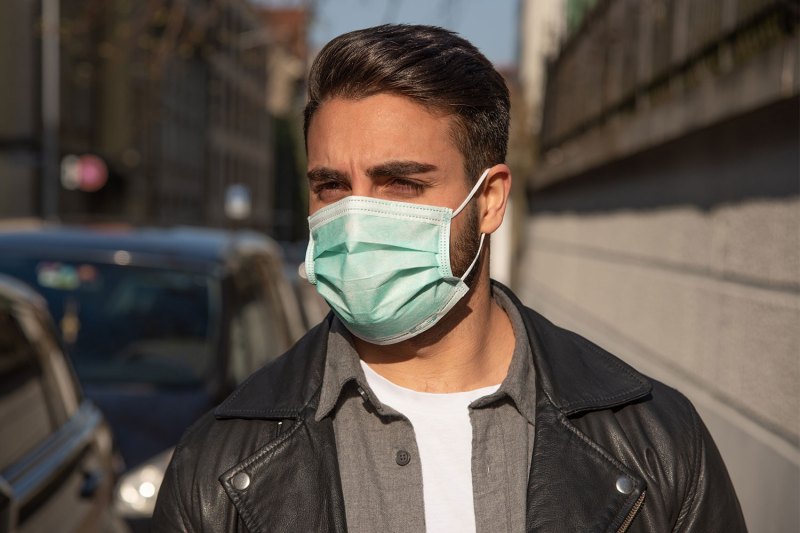
Masks are a non-negotiable safety measure for curbing the spread of COVID-19. They’re also just the bitter cherry on top of the dumpster fire that is 2020. If you like the metallic taste of masochistic rage, there’s some real Murphy’s Law-style irony to savor in navigating our increasingly uncertain world during the dead of summer with half your face smothered in a thick layer of cloth. But even that self-flagellating joy subsides when you remove said mask to find the cheeks, mouth and chin you thought you’d left behind in your middle school yearbook.
But take heart, complexion-conscious readers. While most of 2020 feels beyond repair, maskne doesn’t have to be on that list. We spoke with board-certified dermatologist and assistant professor at the Johns Hopkins University School of Medicine Dr. Eva Simmon O’Brien to get all the intel on maskne that will allow us to defeat it once and for all. It may sound like a small thing, but it’s small victories such as these that will give us the confidence to tackle the other maladies of 2020.
What Exactly Causes Maskne?
Depending on your particular skin proclivities, maskne might present in numerous ways. Along with the whitehead pimples you may have battled as a teenager, Dr. Eva has also seen stinging acne papules, as well as barely raised skin cysts that are nearly invisible to the observer, but are painful to the touch. Unsurprisingly, these issues tend to cluster mainly within the outline of the mask, known as the perioral area — on or around the nose, chin, around the outline of the mouth, or even on the lips. (This is known as epithelial mucosa and, yes, it feels as gross as it sounds.)
But wait, there’s more. According to Dr. Eva, your face mask can also worsen ongoing conditions like facial eczema, psoriasis, and seborrheic dermatitis. “These conditions can become secondarily infected with bacteria as a result,” she says, adding that men who suffer from “turned-in hair bumps” (also known as pseudo folliculitis barbae) might see this condition get worse, as well.
While the main culprit of all these afflictions is increased heat and moisture trapped under the mask, the chafing friction of the mask against your face can also cause inflammation that exacerbates your skin’s existing issues. The mask is also likely to cause increased oil production that leads to bacteria and yeast formation. And yes, she adds, stress can upregulate all these effects.
Fortunately, there are a few skin care ingredients that can really help combat mask-related skin issues. Dr. Eva recommends looking for products with alpha hydroxy and beta hydroxy acids that loosen dead skin cells so your pores can finally take a breath. “For some, benzoyl peroxides are effective on bacteria and yeast,” she adds, but cautions, “guys with sensitive skin need gentle cleansers that remove debris but won’t strip the skin barrier.”
Along with the right products, Dr. Eva advises stepping up your daily skin care routine. If you’re not already cleansing twice a day, now is the time to start. Add in an extra cleaning after a workout or a long day in the sun. If you’re really serious about fighting maskne, she also recommends keeping a travel-friendly cleansing product on hand wherever you go, so you can remove oil, perspiration, and saliva at regular intervals throughout the day.
While skin care is foundational in combating maskne, your mask-wearing habits play just as significant a role.
“Change masks as often as needed,” Dr. Eva advises, “especially after they have become damp/wet, or after sneezing or coughing.” She adds that reusing the same mask day after day is a big red flag — it’s basically applying day-old dirt, bacteria and oil to your face. Instead, if you’re using paper masks, throw them away at the end of the day. For fabric masks, hand-wash them every day, just like you would your underwear. Ideally, use castile soap or a sulfate-free detergent to minimize inflammation and abrasion on your skin. And definitely don’t leave masks in a bag or car for “next time.” The heat, trapped moisture, and lack of air circulation turns that mask into a petri dish for breakout-inducing bacteria.
The fabric of your mask matters, as well. “Look for breathable fabrics that wick away moisture and are gentle on the skin,” says Dr. Eva. She recommends Tencel fabrics with lyocell and modal fibers, or else silk or lightweight cotton knits.
A third consideration is wearing the right sized mask for your facial shape and size. (Whether you’re purchasing a mask or making one from a pattern, the first place to look is whether it’s labeled as being for women or children. You’d be surprised how many guys make this mistake.) Wearing an ill-fitting mask all but guarantees extra friction and skin irritation.
Finally, intermittently removing your mask is a key step in relieving the potential for mask-ne. “When you can safely take off your mask, definitely do that to release the built-up moisture,” says Dr. Eva. “Otherwise, try to find a safe area to wash your hands, then wipe your face down and/or change your mask.”
Our Recommended Maskne-Fighting Products
Disco Facial Cleanser Stick
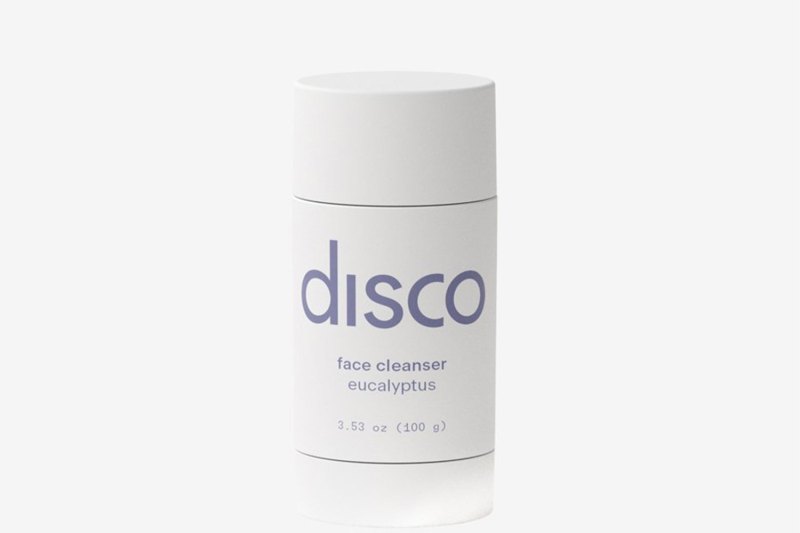
The deep-cleansing activity is enhanced with phytic acid, a natural alpha hydroxy acid that will loosen up dead skin cells, and charcoal to unclog pores and remove excess sebum and surface bacteria. The addition of coconut oil as an emollient ensures your skin doesn’t get overly dry, leaving it supple and hydrated.
Kiehl’s Blue Herbal Acne Cleanser
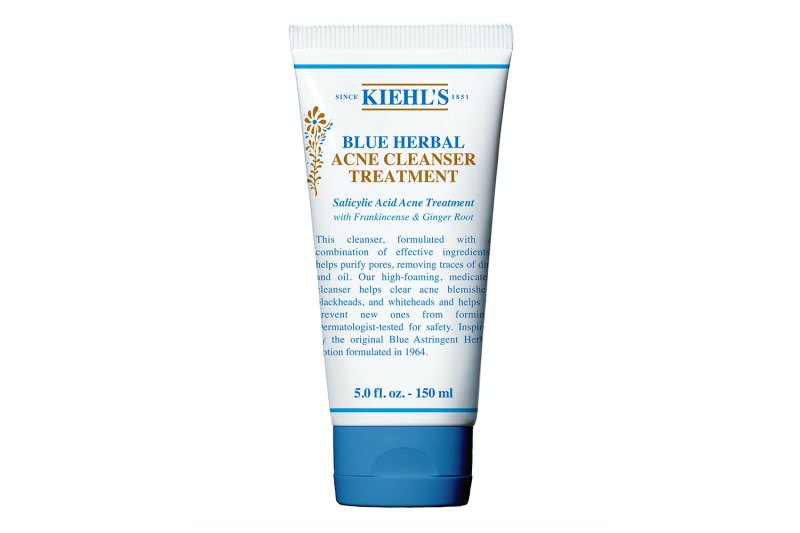
If you’re done messing around with mask-ne, it’s time to spring for the Kiehl’s cleanse. This no-nonsense cleanser leaves out harsh ingredients usually found in strong acne treatments (such as parabens and sulfates), but delivers with a strong dose of salicylic acid, as well as oil-absorbing ginger extract and sebum-reducing frankincense, all without smelling strongly or drying your skin out.
ZitSticka Killa Patch

When mask-ne strikes, strike back as soon as you see the telltale raised bump. The ZitSticka patch uses tiny microdarts that self-dissolve over a blemish, flooding it with targeted ingredients that nip it in the bud. 91% of users reported that the zit was gone before it even fully arrived, and 82% cited a “significant” improvement in the appearance of their skin within eight hours of using.
Alder New York Clarifying Face Mask
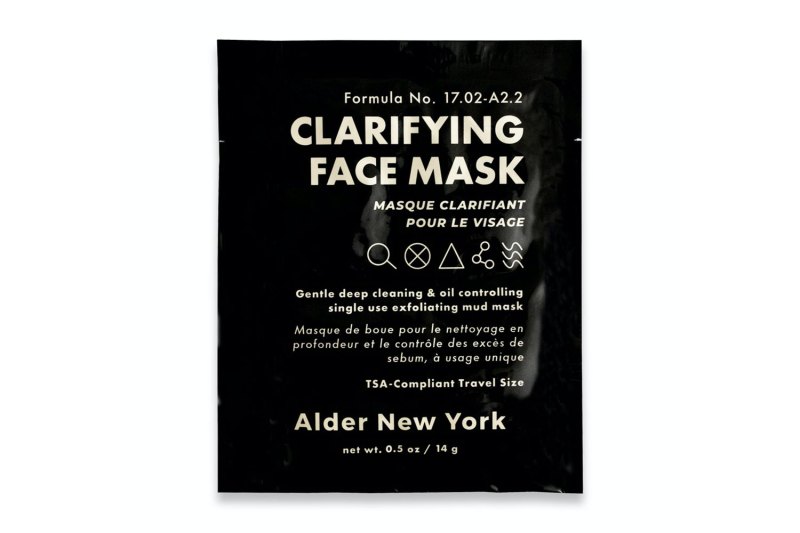
Charcoal and bentonite clay in this face mask detoxify pores, while willow bark and rosemary extract reduce inflammation and sulfur mud calms skin and controls oil. The only thing better than the light tingly sensation of putting it on is the smooth, balanced texture of your skin after wiping it off.
Osea Malibu Cleansing Mudd
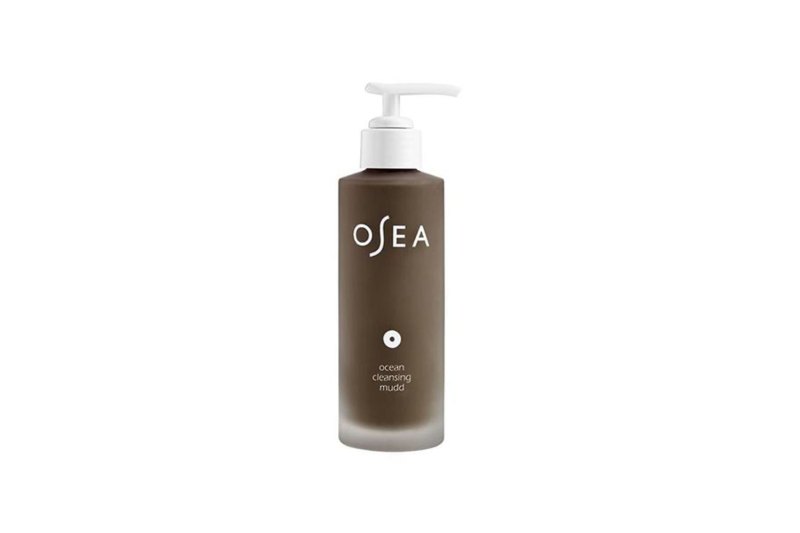
The deep-cleaning action of this perfectly pH-balanced cleanser feels as gentle as a day at the spa. Natural toxin-absorbing clay is combined with three types of seaweed extract that nourish skin’s vitality, as well as peppermint and tea tree oils for an uplifting scent and a toner-like effect.


